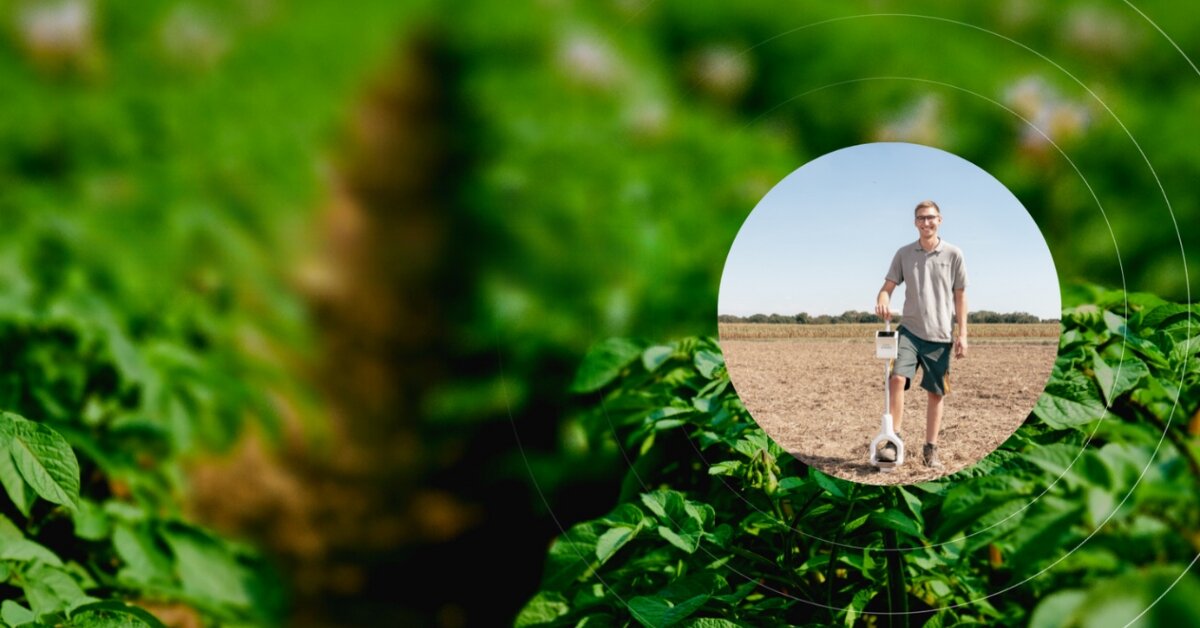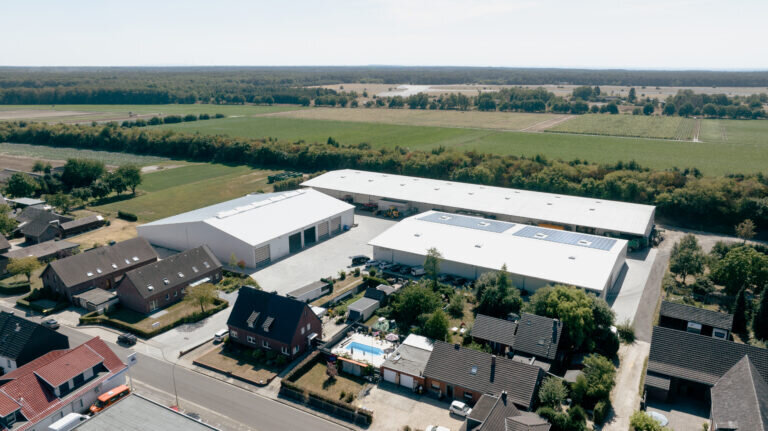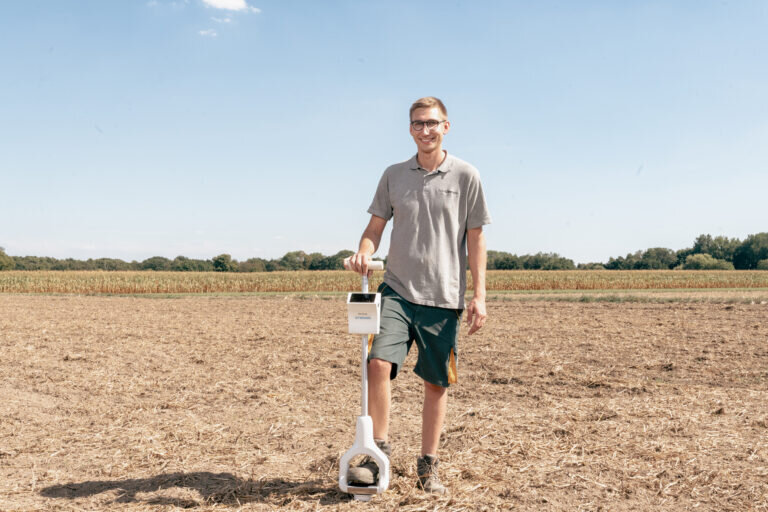
Customer Success Story: Clemens Coenen, P. & P. Coenen

Clemens Coenen grew up immersed in the operations of his family’s agricultural business, P. & P. Coenen. Raised among farmers, he learned how to manage a farm early on and took on responsibility at a young age. Today, at just 23 years old, Clemens has stepped into a leadership role, overseeing crop production across a diverse range of fields, including potatoes, sugar beets, maize, grains, peas, and beans.
The Coenen family farm spans 600 hectares, with roughly 200 hectares dedicated to potato cultivation. In addition to managing their own fields, P. & P. Coenen also operates as a contract farming business, serving a network of other farmers in the region.
“We farm about 600 hectares ourselves and provide contract services for additional fields. Of the 600 hectares, approximately 200 hectares are potatoes,” Clemens explains.

Challenge
Clemens faced a recurring challenge in his day-to-day operations: reliance on generalized fertilizer application due to infrequent and delayed soil analysis. Traditional methods involved sampling soil every two to three years, with results often taking up to three months to process. This approach left him dependent on standard recommendations that did not account for the specific conditions of his fields.
“We used to create a fertilizer plan every year, but it wasn’t field-specific. With traditional soil analysis, you can’t make localized measurements or adjust for individual areas,” Clemens shares.
This inefficiency became increasingly problematic with the rising costs of fertilizer and raw materials. Weather variability, soil temperature, and water availability also impacted nutrient levels, making a blanket approach to fertilization both outdated and unsustainable.
“As prices for fertilizer and other inputs keep climbing, you have to find ways to be more efficient,” he adds.

Solution
Determined to modernize his operations, Clemens turned to cutting-edge technology. After learning about Stenon’s FarmLab through industry publications, agricultural organizations, and peers, he decided to try it out.
FarmLab’s real-time soil analysis enabled Clemens to measure nutrient levels directly in the field and adjust his fertilization strategy accordingly. This precision not only saved time but also optimized resource use.
“We read more and more about how well FarmLab works in industry magazines and reports. That’s why we decided to try it this year,” Clemens explains.
He began by testing FarmLab on a potato field dedicated to producing chips. Using the real-time data, he modified his fertilizer plan and implemented two different fertilization approaches to compare the results.
“We could immediately see in real time what nutrients were present in the soil. Based on that, we adjusted our plan and applied two different strategies to see how it would impact yields,” Clemens shares.
Results
FarmLab’s analysis revealed significantly higher nitrogen levels in the soil than expected. As a result, Clemens was able to reduce nitrogen application on the test fields by 50 kilograms per hectare—a decision that saved both money and resources.
"We found that there was more nitrogen available than anticipated. On the fields analyzed with FarmLab, we reduced nitrogen fertilizer by 50 kilograms per hectare," Clemens confirms.
This reduction translated into a cost savings of €100 per hectare, amounting to a total of €20,000 for the potato fields alone. These savings came without compromising yield quantity or quality, which is particularly critical for chip potatoes, where strict size and weight requirements must be met.
With FarmLab, we saved €100 per hectare on nitrogen alone. For the entire potato cultivation, that’s around €20,000. And the yields stayed the same,
Thanks to FarmLab, Clemens can now conduct multiple soil analyses throughout the growing season and tailor his fertilization strategy for specific fields. This approach benefits not only his farm’s profitability but also the environment by minimizing over-fertilization.
Looking ahead, Clemens plans to expand FarmLab’s use across his other crops, ensuring precise nutrient management for sugar beets, maize, grains, peas, and beans. He also intends to implement FarmLab for the fields managed by his contract farming clients, extending the benefits of this innovative technology to a broader network.
“Thanks to FarmLab, we’ve saved significant amounts of fertilizer while maintaining yields. This isn’t just a financial win—it’s also crucial for the environment. Efficiency like this is the future,” Clemens concludes.
Watch Clemens Coenen’s full story here: